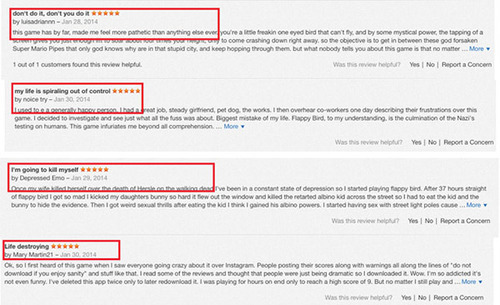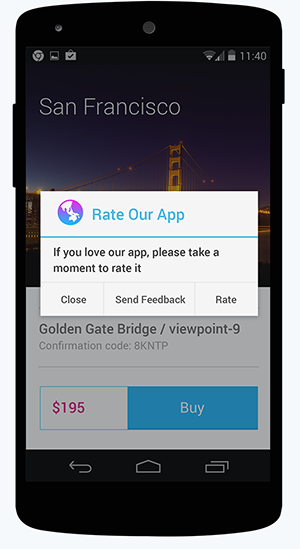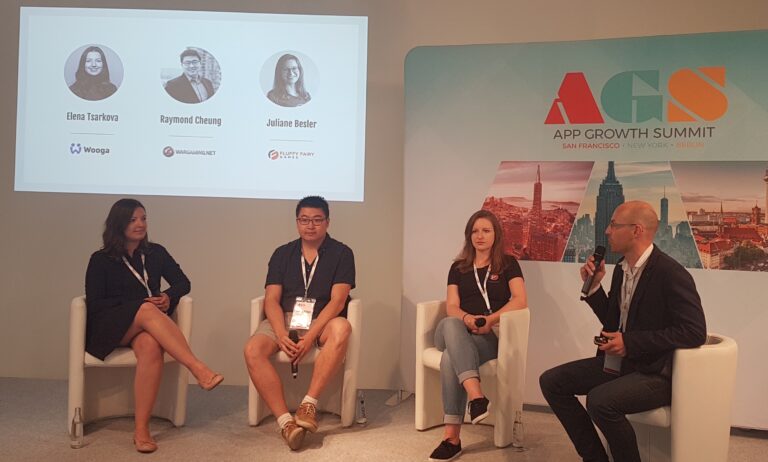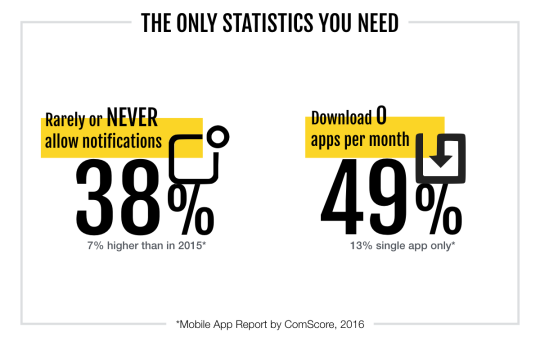Reviews are an essential part of the App Store and Google Play Store in regards to marketing. More positive reviews mean more social proof for the user which leads to more installs of your app. Most users are followers of others and the number of reviews can help steer the majority of them into downloading an app they might want to download.
Also, it’s generally known how important reviews are in the ranking algorithm. Some time ago, some information “leaked out” about the general view on what affects rankings by an Apple employee. Believe it or not, user reviews play a significant part of it.
The ranking algorithm
1. Number of installs weighted for the day combined with some the past week
2. Number of user reviews for the current version (ratings and reviews)
3. User engagement (aka. number of sessions, retention)
4. Sales from downloads and in-app purchases
Do you still remember “Flappy Bird” from last February? It was a great showcase on what intriguing reviews, combined with strong retention, could start. Many 5-star reviews were from emotional confessions of frustrated players coming back to the game to beat their one digit high score and of those who were wondering if they could do better than those whining kids.

Why to ask
Maybe some indie developers still believe that a good game doesn’t have to prompt players for a review. I would disagree because I almost never give a review just by myself. Players of apps usually open the app with some purpose and the purpose isn’t to give feedback. They want to have fun, find information or solve a problem. If you as a developer want a different action, you have to kindly explain how helpful the review is for you and take your customer by the hand to the review page.
How to ask
Here are four simple guidelines on when not to nag:
1. Don’t ask at the startup
2. Don’t ask in the user’s very first app session. Love for an app takes time and I will talk more on this later.
3. Don’t ask when a user hits an action button expecting something else (pause, navigation, share, etc.)
4. Don’t be a pest, give the user an easy choice to reject the review prompt.

When to ask
I personally underestimated this part of the strategy until we launched Octagon on Android this September. Asking for a review too early caused negative ratings of players who quite often weren’t in love with the game yet. After a promising start, our rating soon dropped under 4-stars because the game is truly hard-core and also the minimalist design isn’t for everyone.
The decision when to ask should be data-driven. The “magic” trick is: check your game analytics and figure out where the point is in the game when players stop playing. Every game has a point where the majority of players leave but a minority becomes your core fan base. To make this trick work you should ask only after this breaking point!

Sounds simple but having a clear indication of where the point is significantly helps you to address the right players. You bet they will more likely give your game or app a better rating which helps in the rankings and as well with the revenue. No need to experiment and guess, just check your level progress data or similar metrics of player’s involvement and decide when to show the rating dialog. It isn’t rocket science but it is just one data point from analytics.





















